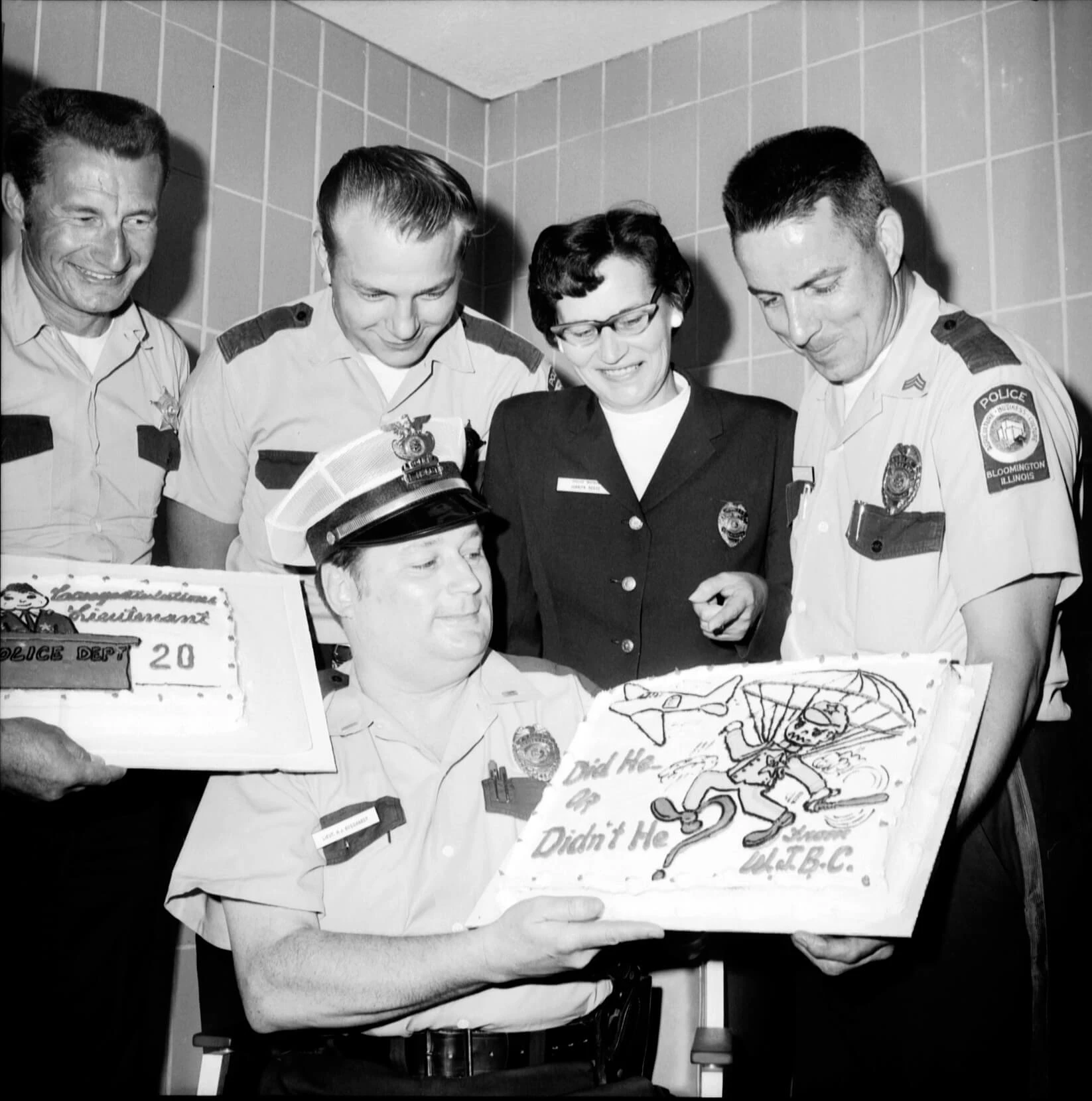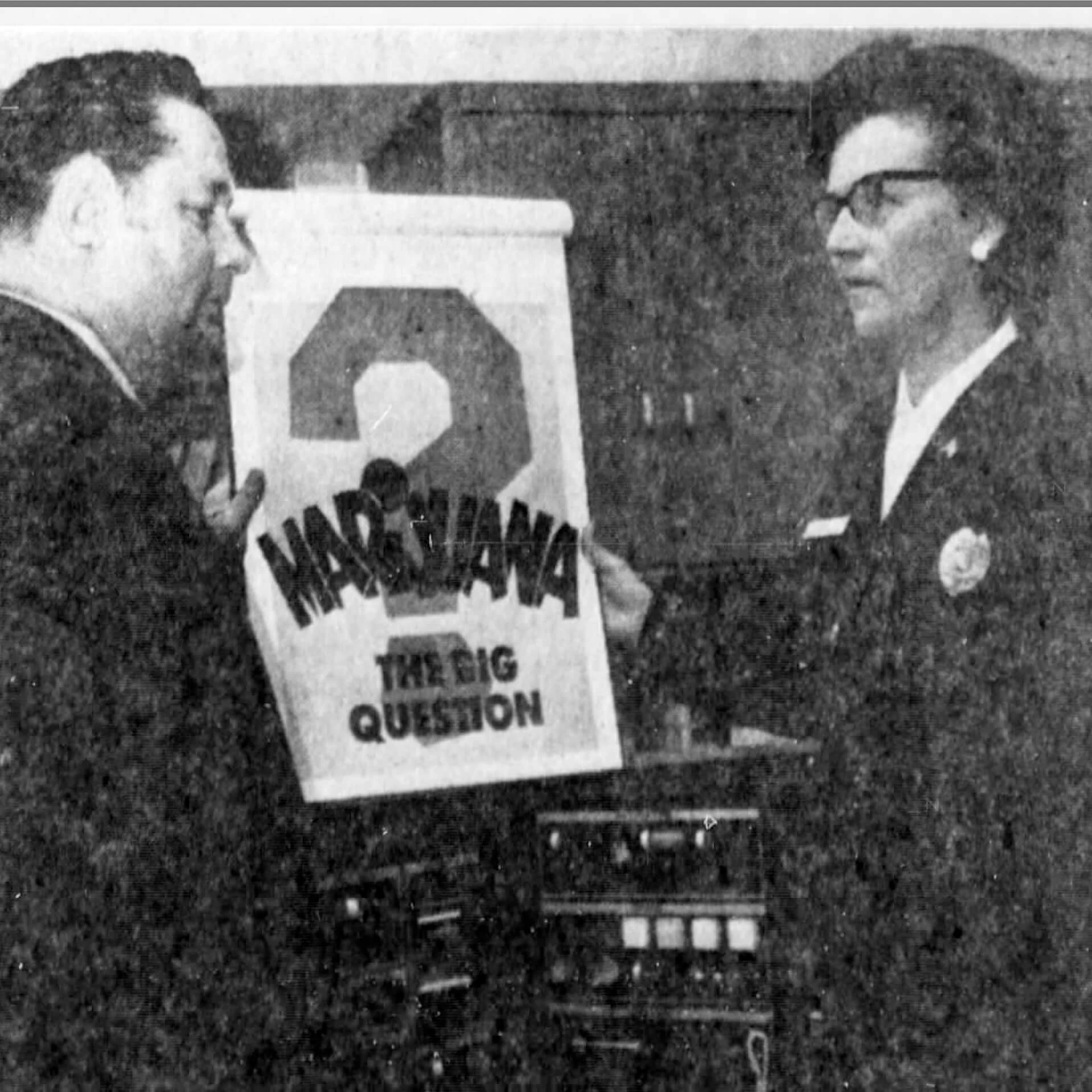1964
Who had the power to choose their work?City of Bloomington
Until the early 1960s, the City of Bloomington never seriously considered hiring female police officers. But difficult circumstances forced them to consider that some work might be better done by a female officer.
Female Police Officers
Despite the potential risks of police work, some women were willing and believed they were just as qualified as a man to work in this field.
They also knew these positions offered better pay, which they could use to support their families.
Who had the power?
A Growing Problem
In 1964 Bloomington had a growing problem that needed to be addressed—underage drinking and the use of false identifications.
The city needed someone to work undercover to infiltrate the bar scene and identify underage drinkers. At the time Bloomington was also housing more females in their jail for a variety of crimes.
Who could they hire to help them resolve these issues?
That year Bloomington hired its very first female police officer, Juanita O’Connor Reece.
“When I applied for the job I was on my own and looking for something with security.”
— Juanita O’Connor Reece
Juanita O’Connor Reece’s Police Uniform, circa 1980
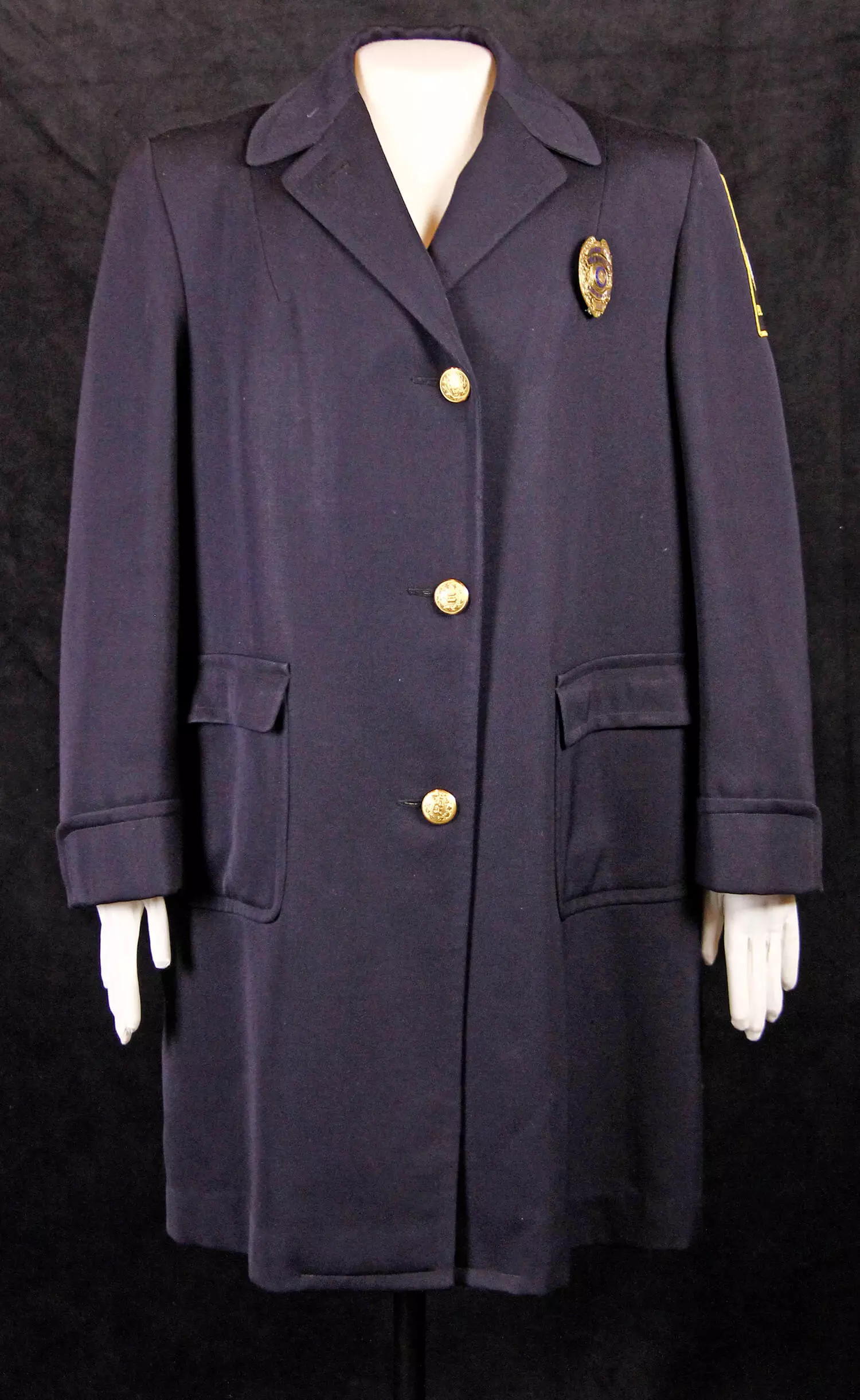
View this object in Matterport
Police coat, brass police badge, leather badge wallet, police gloves.
Donated by: Larry Reece
2004.29.1, 2004.29.2, 2004.29.3, 2004.29.4.a-b
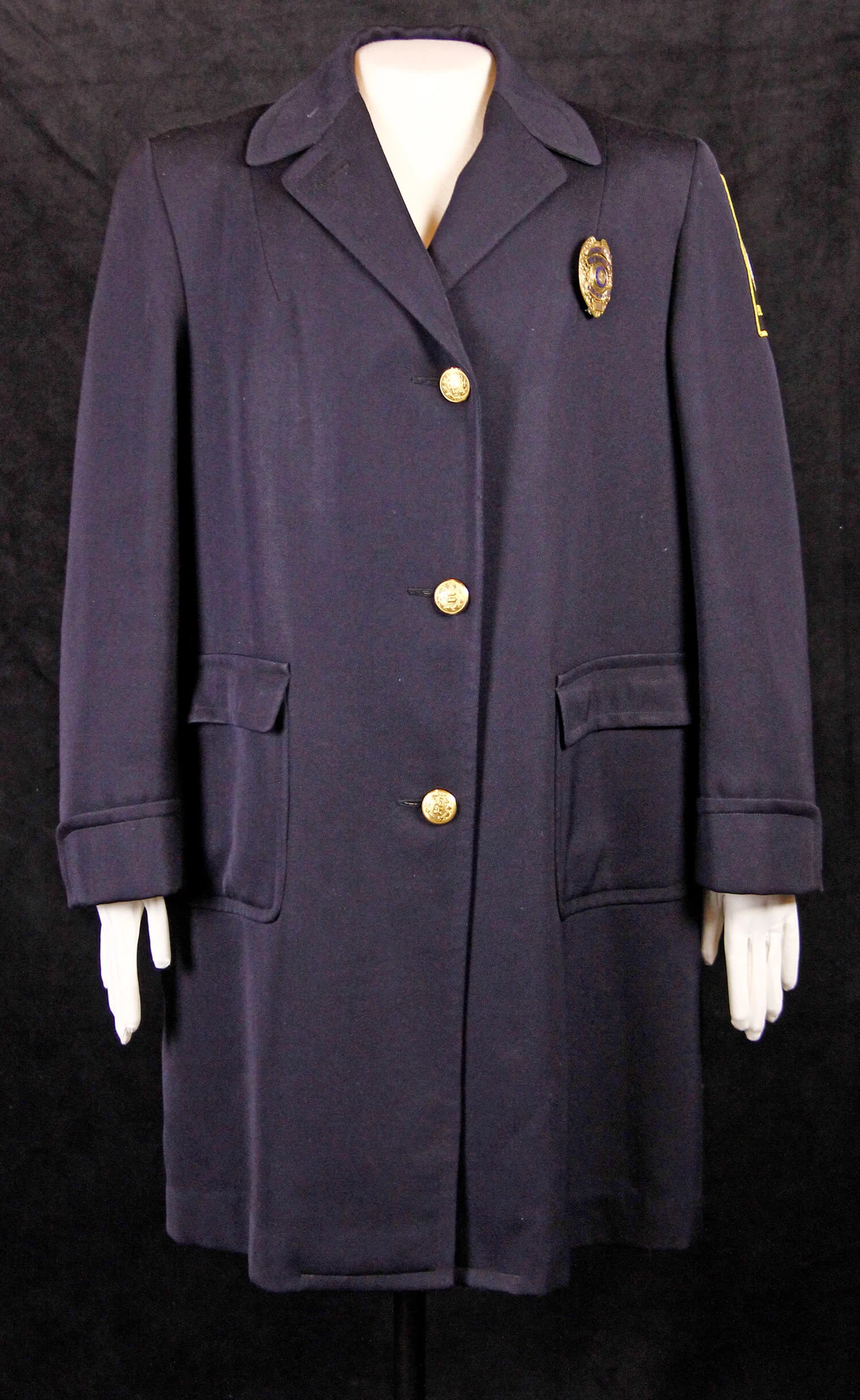
Reflection Questions
Who decided who was hired to do police work?
What attitudes or situations changed that resulted in the hiring of women?
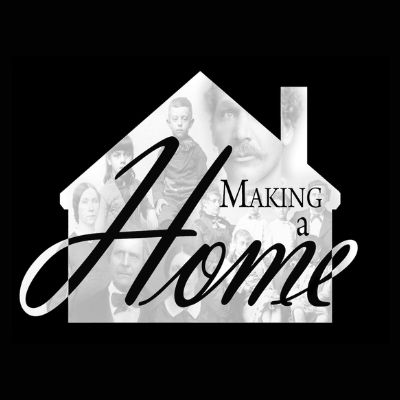 Making a Home
Making a Home
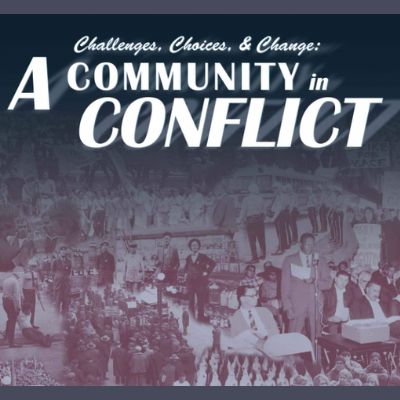 A Community in Conflict
A Community in Conflict
 Working for a Living
Working for a Living
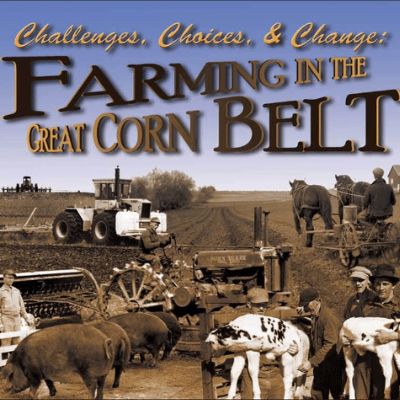 Farming in the Great Corn Belt
Farming in the Great Corn Belt
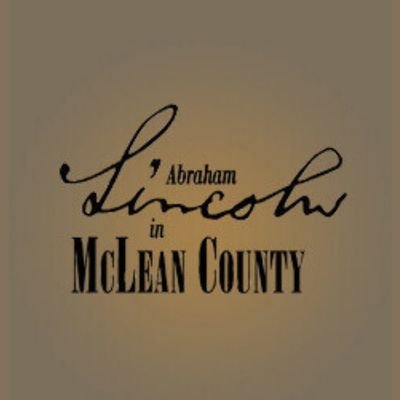 Abraham Lincoln in McLean County
Abraham Lincoln in McLean County

